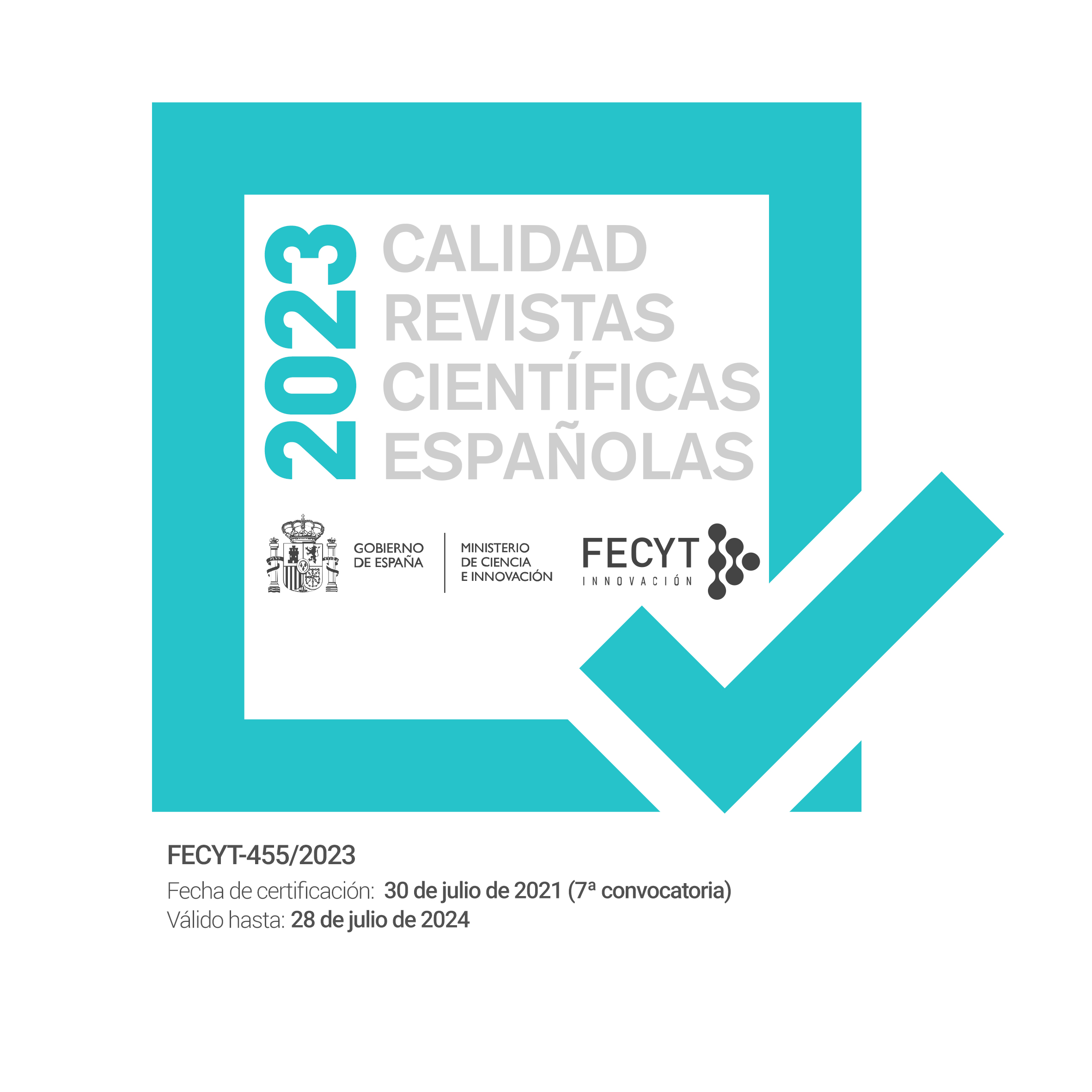ISSN-e: 2340-8146
DOI: 10.30827/cre
Submissions
Submission Preparation Checklist
As part of the submission process, authors are required to check off their submission's compliance with all of the following items, and submissions may be returned to authors that do not adhere to these guidelines.-
The submission has not been previously published, nor is it before another journal for consideration (or an explanation has been provided in Comments to the Editor).
- The submission file is in OpenOffice, Microsoft Word, RTF or WordPerfect file format.
- Where available the URLs, URNs or DOIs for the references have been provided.
-
The text is single-spaced; the front size is 12 points; used italics instead of underlining (excluding URLs); and all illustrations, figures and tables within the text are in their proper place and not the end of everything.
-
The text adheres to the stylistic and bibliographic requirements outlined in the Author Guidelines, which is found in About the Journal.
-
The instructions in Ensuring a Blind Review have been read and followed (i.e. especially providing an anomymized draft of the mansucript).
- All authors of this paper certify our compliance and commitment to the Declaration of authorship, originality and publication rights, the contents of which we know.
Copyright Notice
PROPIEDAD INTELECTUAL
La redacción garantiza la confidencialidad de la identidad del autor / s durante la revisión por pares del artículo y en caso de denegación de publicación en la revista.
Los nombres y las direcciones de correo electrónico del autor solo se utilizarán para los fines indicados en el diario y no se compartirán con otras personas.
Los artículos originales enviados a la revista no estarán disponibles bajo ninguna circunstancia para nadie que no esté involucrado en el proceso de revisión por pares hasta que se publiquen.
Los originales no aceptados para su publicación se guardan en los archivos de la revista y bajo ninguna circunstancia serán utilizados por el personal de la revista.
Los autores aceptan las siguientes cláusulas de la declaración de autoría, originalidad y concesión de derechos de autor.
En relación con el manuscrito enviado a la revista CRE, editado por el grupo de Investigación "Eslavística, caucasología y tipología de las lenguas" de la Universidad de Granada, el autor:
- indica que él es el autor del contenido del manuscrito y es el único responsable de él;
- evidencia de que el manuscrito nunca fue publicado y su contenido no es revisado por la redacción de otra revista;
- se compromete a no enviar el manuscrito a la redacción de otra revista mientras esté en revisión por pares en CRE o después de que haya sido aprobado para su publicación;
- cuando lo solicite el Editor de la revista, CRE se compromete a proporcionar información sobre los datos y las Fuentes utilizadas;
- se compromete a realizar cambios en el manuscrito, en caso de que la redacción tenga algún comentario.
La redacción no es responsable de la violación por el autor de la ley de derechos de autor en los materiales utilizados por él en el desarrollo del artículo.
Los derechos de autor de un artículo en particular pertenecen al autor del artículo. El autor transmite, y la redacción acepta materiales de autor para el diseño, publicación y distribución de la revista en publicaciones impresas y electrónicas, incluida la publicación en sitios en Internet. El autor confirma el derecho Perpetuo de la Redacción a continuar publicando el material del autor en Internet.
Privacy Statement
The names and email addresses entered in this journal site will be used exclusively for the stated purposes of this journal and will not be made available for any other purpose or to any other party.











